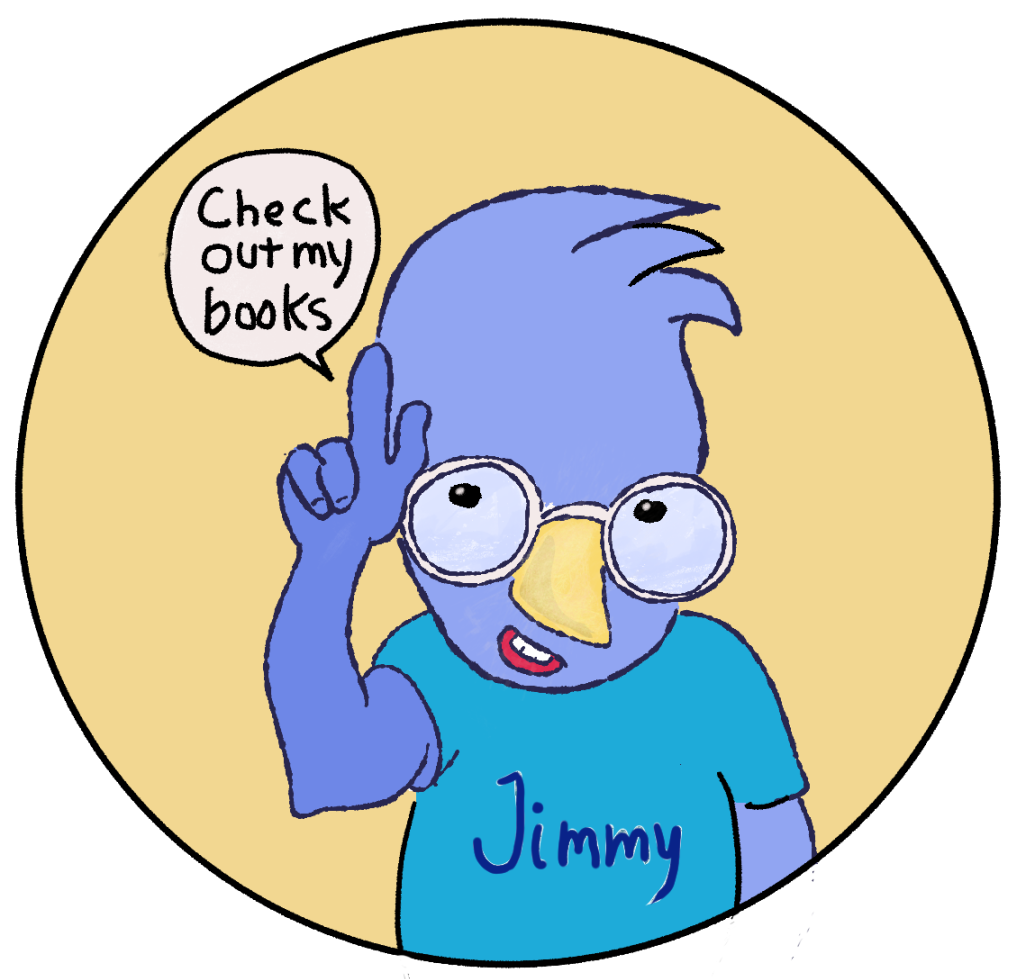Reviewing the first 61 pages of my children's picture book
/Initial style, Jan 2021
Current style, one year later — Jan 2022
I started writing book 3 on January 25, 2021. It’s not January 23, 2022 and I’m two-thirds finished. My thought, back in 2021, was that I could finish the book in three months. At the time I didn’t have a work contract and I believed I was capable of producing one page every two days so long as I didn’t have the distraction of a full-time job. As it turned out, I was called back to work part-time. With a small workload I was able to finish two pages a week. I had this schedule for two months, and then my workload doubled, and my art output was limited to about one page every two weeks.
Time passed. Without realizing it, my drawing style changed imperceptibly over the last year. Today I reviews the 60 pages I’ve completed, and I see chaos. My book doesn’t is cognitively confusing because it doesn’t have a consistent style. At this point I don’t have the time or energy to redraw my latest images so that they conform to the original style I planned to use. So, I’m just going to plug away and finish the book.
When will the book be finished? This year I’ll be working full time again, and that means I’ll be lucky to complete one page a week. I have about 15 more pages to complete, and I may have to add more pages. I’m looking at finishing the book in four months … if all goes well. If I my time is consumed by work, I’ll fall back to one inch a day.






